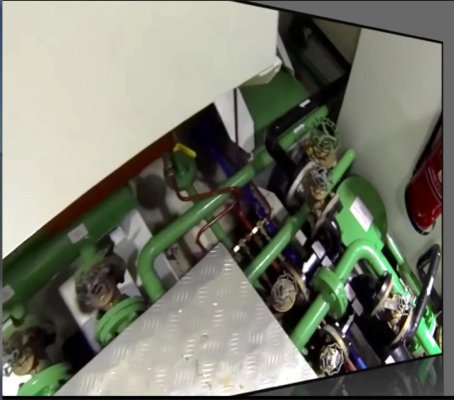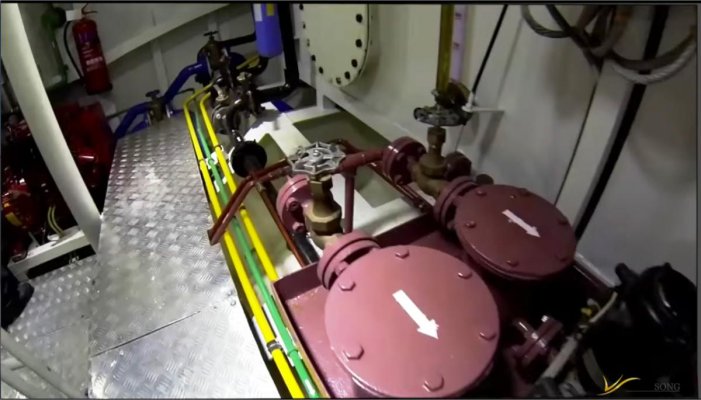What would be the preferred material for a saltwater piping network? This will be the emergency bilge, washdown and fire fighting network. One shipyard had recommended 304 stainless while the other uses galvanized Sch40 in all their commercial boats.
There will always be standing water in the network and it's not practical to flush/pickle it except perhaps during long term layup.
My experience is that anything galvanized could have some minor corrosion from nicks during install, and stainless corrodes when underwater. Plastic is not an option per ABS and BV class rules.
Which is the best, or least worst, solution?
There will always be standing water in the network and it's not practical to flush/pickle it except perhaps during long term layup.
My experience is that anything galvanized could have some minor corrosion from nicks during install, and stainless corrodes when underwater. Plastic is not an option per ABS and BV class rules.
Which is the best, or least worst, solution?


